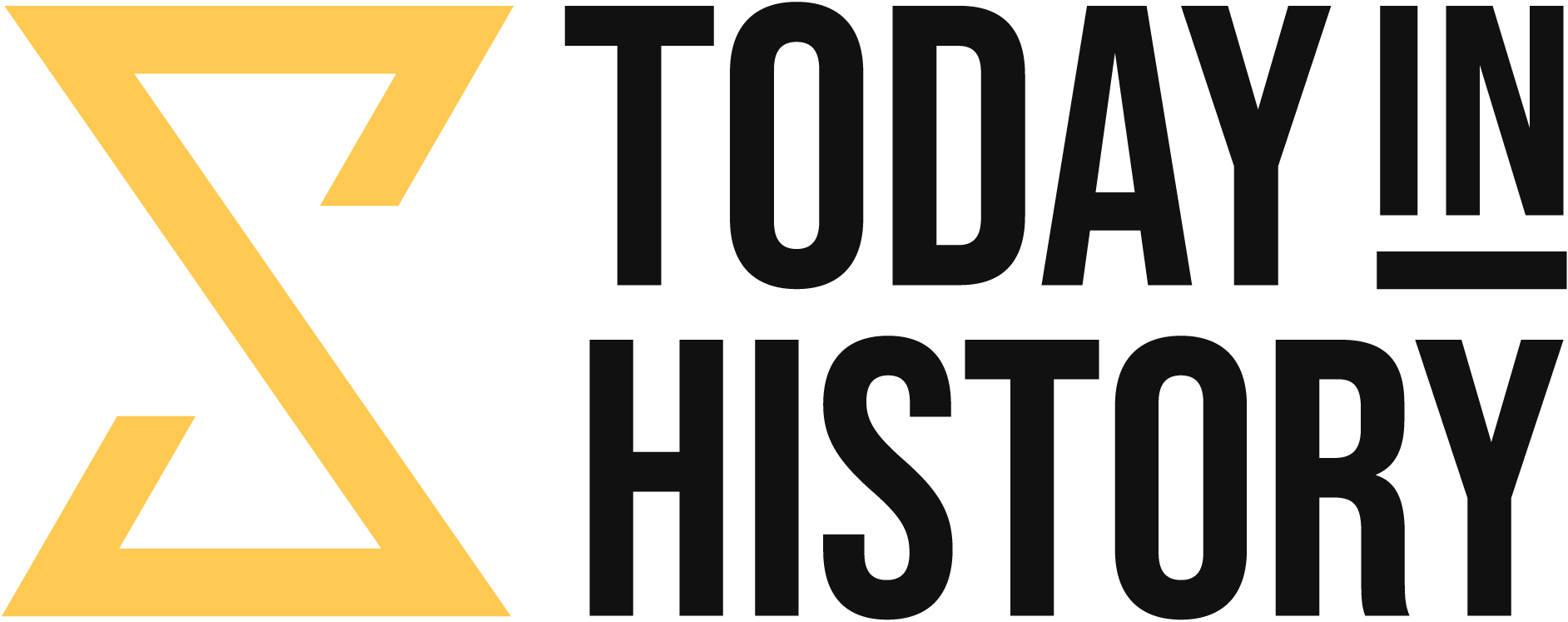On August 30, 1146, a decisive moment in medieval history occurred when European leaders, including Pope Innocent II, enacted a decree outlawing the use of the crossbow. Pope Innocent II, a significant figure in medieval Europe, played a crucial role in this controversial decision, which was motivated by political, social, and military factors, reflecting the evolving nature of warfare during the medieval period.
Fun facts:
- The Crossbow’s Impact: The crossbow, a formidable ranged weapon capable of piercing armor, dramatically altered the dynamics of medieval warfare. Unlike traditional longbows, which demanded extensive training to master, crossbows could be wielded effectively by relatively untrained soldiers, thereby reshaping the power dynamics on the battlefield.
- Preserving Chivalric Warfare: European leaders, particularly the aristocracy, were concerned that the crossbow undermined the chivalric combat code. This code, which emphasized the skills and honor of knights, was threatened by the crossbow’s ability to allow ordinary soldiers to kill armored knights more easily.
- The Council of Clermont, a significant gathering of European leaders, was where the decision to ban the crossbow was formalized. During this council, leaders sought to protect the nobility and preserve traditional martial values. The decree aimed to ensure that combat remained a domain of the knightly class and to prevent the erosion of the social and military hierarchy.
- The Aftermath: Despite the ban, the crossbow persisted in various European conflicts. The decree, more symbolic than practical, mirrored the tension between evolving military technologies and entrenched social structures. The crossbow, over time, retained its significance in medieval warfare, showcasing the intricate interplay between innovation and tradition.
- Long-Term Effects: The prohibition of the crossbow had enduring implications for the evolution of warfare and military technology. It underscored the challenges that medieval societies faced in adapting to new technologies while striving to uphold established norms and values.
The decision to outlaw the crossbow marked a pivotal moment in medieval history, illustrating the tensions between innovation and tradition. It also highlights how the evolution of military technology has continually reshaped the conduct of warfare and the nature of combat throughout history as we know it today.

